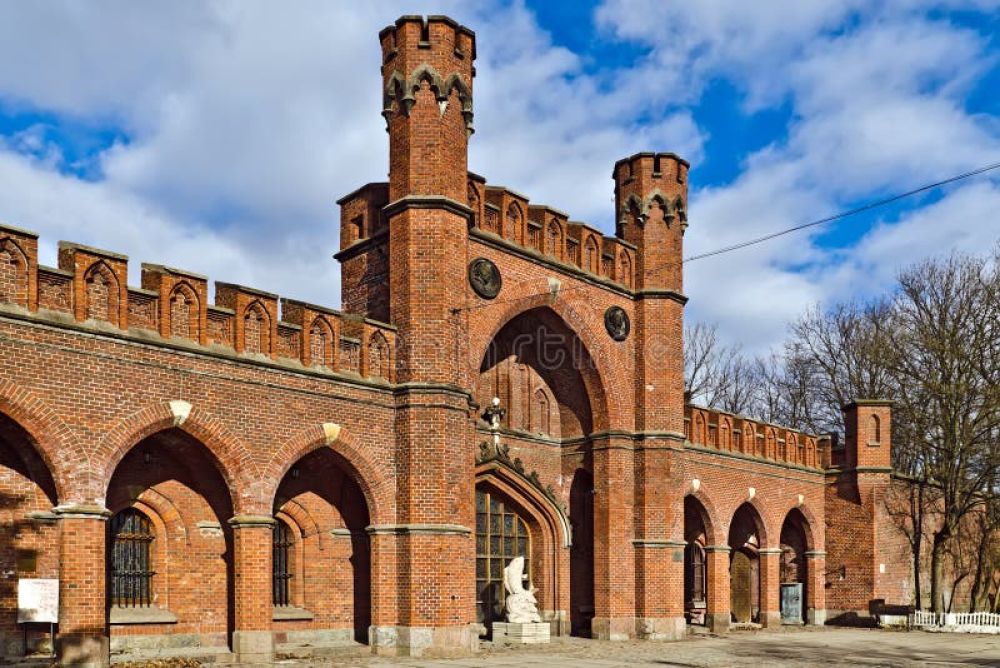

The Rossgarten Gate, located in the historical city of Kaliningrad, Russia, is one of the significant remnants of the city's past and a notable point of interest for tourists visiting the area. Originating from a time when the city was known as Königsberg, in what was then East Prussia, the Rossgarten Gate is part of a larger fortification system that was constructed in the 19th century to protect the city.
The Rossgarten Gate has served not just as a fortification but also as a passageway for those entering and exiting the city, which has contributed to its historical significance. Following the Second World War and Kaliningrad’s transition from German to Soviet control, many of the city's historic structures were either destroyed or fell into disrepair, but the Rossgarten Gate managed to survive.
With the dissolution of the Soviet Union and the emergence of Kaliningrad as a part of the Russian Federation, there have been increased efforts in preserving and showcasing the city’s Prussian heritage. The Rossgarten Gate has thus become a symbol of Kaliningrad's past and a fascinating destination for those interested in the region’s complex history.
In recent years, Kaliningrad has seen an upswing in tourism, fueled in part by the region's unique geopolitical position as an exclave of Russia, surrounded by European Union countries, and by the increasing accessibility through various modes of transport. Tourists are drawn to the city’s blend of historical German architecture and Soviet-era relics. Visitors take special interest in sites such as the Konigsberg Cathedral, Fishing Village, and the Amber Museum, in addition to the Rossgarten Gate.
Heritage tourism has been at the forefront of the latest trends, with the Rossgarten Gate being integral to this experience. The gate’s architecture is a point of fascination, reflective of the military history and the architectural style that prevailed in the former Königsberg.
Another trend is the integration of interactive and digital experiences within historical sites. Efforts to incorporate digital guides, augmented reality and historical reenactments have made places like the Rossgarten Gate more engaging to a tech-savvy generation of travelers.
Additionally, the increase in cultural events, such as historical festivals and medieval fairs around the Rossgarten Gate and other historical landmarks, has provided a boost to tourism. Such events offer a glimpse into the past and serve as an attractive element for both domestic and international tourists.
Today, as part of the Kaliningrad Regional Amber Museum, the Rossgarten Gate offers historical exhibits to the public, allowing visitors to explore not only the military history associated with the gate but also the amber trade that the region is renowned for. Its role in the tourism industry is as a testament to the rich and varied history of Kaliningrad and serves as a beacon that draws the culturally curious from around the globe.